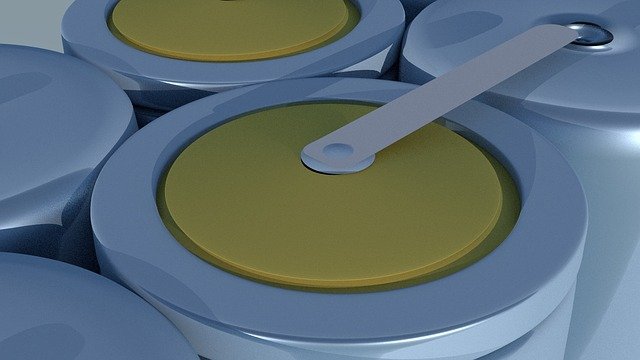APPLICATIONS OF TECHNOLOGY:
- This technology can be used to improve energy efficiency of Li-rich cathodes involving mobile transition metal species (e.g., V5+, Mo6+, and, Mn2+).
BENEFITS:
- Increased energy capacity
- Increased energy density
- Low capacity fade over multiple cycles
BACKGROUND:
Li-rich cathodes are promising energy storage materials due to their high energy densities. However, voltage hysteresis (slow responsiveness), which is generally associated with transition metal (TM) migration, limits their energy efficiency as well as their implementation in practical devices.
Cation disordering can be an effective strategy to inhibit such collective TM migration, thereby significantly mitigating voltage hysteresis and enabling the achievement of higher capacity and greater energy density.
TECHNOLOGY OVERVIEW:
Berkeley Lab scientists have found that a substantial voltage hysteresis (>2.5V) in a layered lithium (Li) rich chromium manganese oxide is associated with collective TM migration into Li layers. This leads to an increased interlayer Coulomb interaction and a release of internal energy, which causes a loss in energy efficiency for the battery.
By introducing cation disordering into layered Li-rich cathodes, the scientists significantly increased the capacity and energy density of lithium chromium manganese oxide. A partially disordered cathode delivers a higher energy density between 4.4 and 2.0 V compared to currently commercialized Li cathodes. Furthermore, the partially disordered cathode can be cycled for over 100 cycles with negligible capacity fade (<0.1% fade per cycle). The cathode materials with multi electron redox couples can be incorporated into the Li battery system to enable high energy content.
This strategy can be used to improve energy efficiency of Li-rich cathodes involving mobile transition metal species.
DEVELOPMENT STAGE: proven principle
RELATED TECHNOLOGY:
High-rate Li-rich Cathode Materials Enabled by Non-topotactic Reactions (2020-146)
PRINCIPAL INVESTIGATORS:
Gerbrand Ceder
Jianping Huang
STATUS: Patent pending
For more information:
Huang, J., Ouyang, B., Zhang, Y. et al. Inhibiting collective cation migration in Li-rich cathode materials as a strategy to mitigate voltage hysteresis. Nat. Mater. 22, 353–361 (2023). https://doi.org/10.1038/s41563-022-01467-z
OPPORTUNITIES: Available for licensing or collaborative research.
